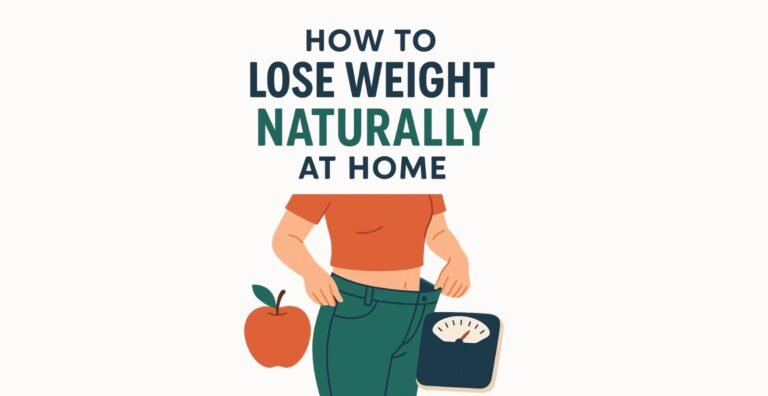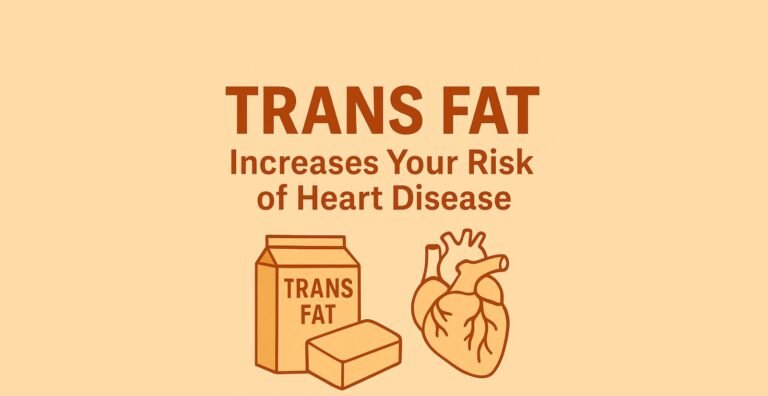Top Health & Wellness Product Reviews with Exclusive Sale Prices!
Why Women Can’t Lose Belly Fat After Menopause?

Menopause marks a significant transition in a woman’s life, often accompanied by physical and hormonal changes that can impact body composition. One of the most common and frustrating concerns is the accumulation of belly fat. Even women who have maintained a healthy lifestyle may find it challenging to shed this stubborn weight. But why does this happen, and what can be done about it?
In this article, we’ll explore the reasons behind belly fat retention after menopause and provide science-backed strategies to help women regain control of their health and confidence.
Table of Contents
- Understanding Menopause and Belly Fat
- The Role of Hormones in Fat Distribution
- Insulin Resistance After Menopause
- Changes in Metabolism with Age
- The Impact of Lifestyle and Stress
- Dietary Factors That Contribute to Belly Fat
- How Sleep Affects Weight Post-Menopause
- Exercise Strategies to Combat Belly Fat
- The Role of Strength Training in Fat Loss
- Mind-Body Practices for Stress Reduction
- Key Dietary Changes to Reduce Belly Fat
- Understanding the Role of Genetics
- The Importance of Hydration
- Medical Interventions: When to Consider Them
- Practical Tips for Long-Term Belly Fat Management
1. Understanding Menopause and Belly Fat
Menopause typically occurs between the ages of 45 and 55, signaling the end of a woman’s reproductive years. During this phase, hormonal fluctuations—particularly a drop in estrogen—can lead to weight gain and a noticeable shift in fat storage patterns.
Women often experience an increase in visceral fat, the type that accumulates around internal organs, making belly fat more than just a cosmetic concern.
2. The Role of Hormones in Fat Distribution
Estrogen plays a crucial role in regulating fat distribution in women. Pre-menopause, fat tends to be stored around the hips and thighs, but as estrogen levels drop, fat storage shifts to the abdomen. This hormonal imbalance can also increase cortisol levels, further contributing to belly fat accumulation.
3. Insulin Resistance After Menopause
With age and hormonal changes, women are more likely to develop insulin resistance. This condition makes it harder for the body to regulate blood sugar, leading to increased fat storage, particularly in the abdominal area.
4. Changes in Metabolism with Age
As women age, their basal metabolic rate (BMR) naturally declines. This means fewer calories are burned at rest, making it easier to gain weight. Combined with reduced physical activity, this slowdown in metabolism exacerbates belly fat retention.
5. The Impact of Lifestyle and Stress
Post-menopause, many women face increased stress due to life transitions such as retirement, caregiving, or health concerns. Elevated stress levels lead to higher cortisol production, which encourages fat storage in the abdominal area.
6. Dietary Factors That Contribute to Belly Fat
Consuming a diet high in refined sugars, processed foods, and unhealthy fats can accelerate weight gain. Hormonal changes can also increase cravings, making it more challenging to maintain a balanced diet.
7. How Sleep Affects Weight Post-Menopause
Sleep disturbances are common during menopause due to night sweats and hormonal fluctuations. Poor sleep disrupts hunger hormones, leading to overeating and a preference for high-calorie foods.
8. Exercise Strategies to Combat Belly Fat
A combination of aerobic exercises, such as walking or swimming, and strength training can help target belly fat. High-Intensity Interval Training (HIIT) has proven particularly effective for reducing visceral fat.
9. The Role of Strength Training in Fat Loss
Strength training builds muscle, which increases metabolism and helps burn fat more efficiently. Incorporating weightlifting or resistance exercises at least twice a week can yield significant benefits.
10. Mind-Body Practices for Stress Reduction
Yoga, meditation, and deep breathing exercises can lower cortisol levels, reducing the likelihood of stress-related fat accumulation. These practices also improve overall mental well-being.
11. Key Dietary Changes to Reduce Belly Fat
- Increase Protein Intake: Protein supports muscle maintenance and promotes satiety.
- Add Fiber: High-fiber foods like vegetables, fruits, and whole grains keep you full longer.
- Limit Sugar and Alcohol: These contribute to empty calories and fat storage.
12. Understanding the Role of Genetics
Genetics can predispose some women to abdominal fat gain. While this factor cannot be changed, understanding your genetic predisposition can help tailor a more effective weight loss strategy.
13. The Importance of Hydration
Staying hydrated helps regulate metabolism and prevent overeating. Aim for at least 8 glasses of water daily to support fat loss.
14. Medical Interventions: When to Consider Them
If lifestyle changes don’t yield results, consult a healthcare provider. Hormone replacement therapy (HRT), medications, or professional nutrition counseling may be appropriate in some cases.
15. Practical Tips for Long-Term Belly Fat Management
- Adopt a Balanced Diet: Focus on whole, nutrient-dense foods.
- Stay Active: Incorporate both cardio and strength exercises.
- Prioritize Sleep: Create a consistent bedtime routine.
- Manage Stress: Use relaxation techniques to lower cortisol.
- Track Progress: Keep a journal to monitor changes and stay motivated.
Conclusion
Losing belly fat after menopause may be challenging, but it’s not impossible. By understanding the underlying causes and implementing targeted lifestyle changes, women can improve their health, regain confidence, and achieve a more balanced physique.
Embrace the process with patience and consistency, and consult professionals for guidance when needed.







